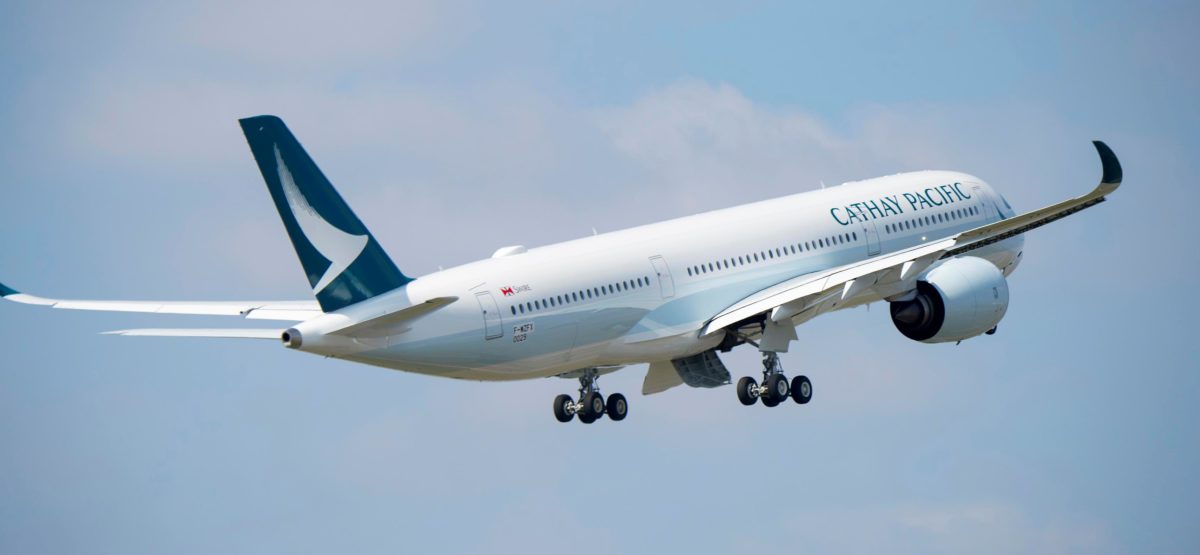It might not be obvious, but there is actually a lot of technology implemented in the world’s biggest sport called football (soccer) with an estimated 4 billion fans worldwide (Sawe, 2018), and technology is becoming more prevalent as well.
The current biggest challenge in this sport – and in many other sports as well – is to guarantee fairness in every possible football match by ensuring 100% accuracy regarding on-field decisions made by the referee. Therefore, lots of technology-based changes have been implemented into the sport. Goal-line technology helps with the decision whether a ball has crossed the goal line or not and was officially introduced in 2012 by FIFA. A more recent change is the video assisted referee (VAR), that reviews decisions made by the head referee with the use of video footage and a headset for communication.
Technology is also being implemented in a less visible way. Nowadays, football data analyst is an actual job. Almost every big club makes use of data analysts who analyse data with artificial intelligence and big data for player recruitment or for the analysis of opponents. The London-based football analytics company Opta Sports started with tapping buttons to record the time and location of every pass, shot, tackle and dribble. Nowadays, each Opta-coded match contains at least 2,000 data points (Burn-Murdoch, 2018). For example, clubs can use the data to see whether a player would strengthen, weaken or make little difference to their team’s overall performance level.
The next big challenge that includes technology might be engagement with fans of this beautiful game. As a result of the increasing attractiveness for fans from all over the world, fans want to become more engaged with their favourite clubs. There is an economic saying that wherever there is demand, supply will follow. Broadcasters, therefore, have the desire to get a closer look at matches. By 2028, the ability to squeeze HD camera technology into tiny spaces could be reality (Hurray, 2018). Image a new way of experiencing a match with a camera embedded in the ball itself. Even skin sensors are emerging within football (Cumming, 2014). Soon we will be able to see the players’ heart-rate, speed and other stats. You’d be able to look and say “this guy’s really punishing himself with a heart rate of 210” or whatever. Further in the future there will be active skin and active contact lenses. You would be able to experience the game through their eyes, and hearing what they’re hearing.
It seems, after all, that technology is indeed slowly taking over football. Some people even think that robots will take over the game within the next 50 years. Football has always been a classical and simple game, and I think it should remain like that. Do you think that the game will become more exciting with technology being more prevalent?
Bibliography
Burn-Murdoch, J. (2018). How data analysis helps football clubs make better signings. Financial Times. Retrieved from:
https://www.ft.com/content/84aa8b5e-c1a9-11e8-84cd-9e601db069b8.
Cumming, E. (2014). The future of football: will robots take over the beautiful game? Telegraph. Retrieved from:
Hurray, A. (2018). Future football: What will the game be like in 2028? Telegraph. Retrieved from:
https://www.telegraph.co.uk/football/2018/11/21/future-football-will-game-like-2028/.
Sawe, B.E. (2018). The Most Popular Sports In The World. World Atlas. Retrieved from:
https://www.worldatlas.com/articles/what-are-the-most-popular-sports-in-the-world.html.


